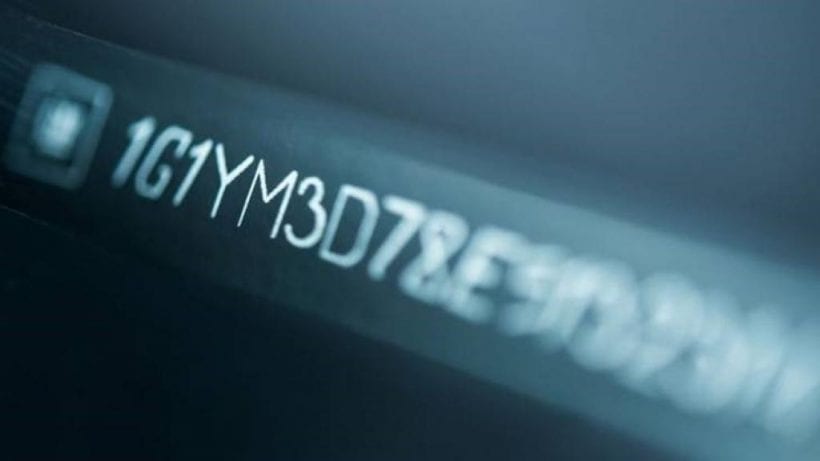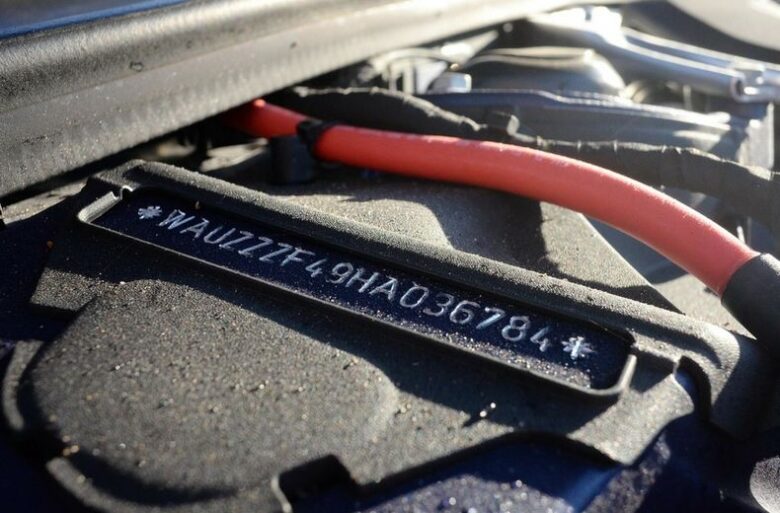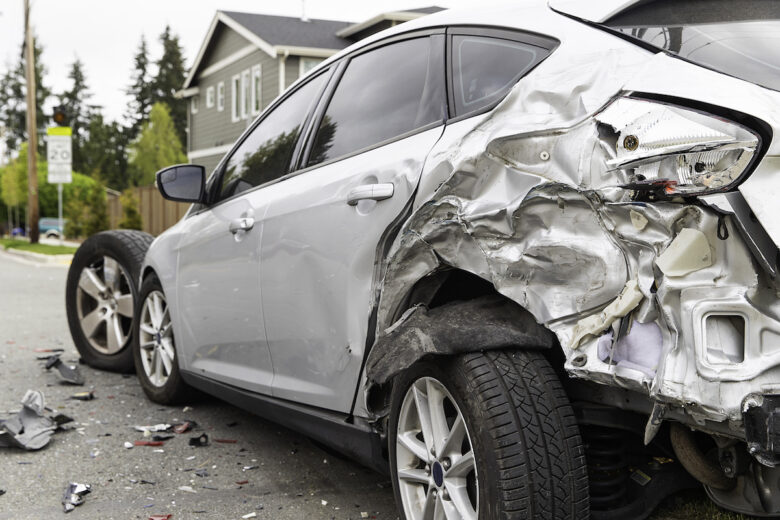Looking for a bargain vehicle? Try checking out salvage auto auctions! Not only can you snag an affordable ride, but you might just uncover a project car or coveted rarity. But beware – sifting through all those damaged vehicles can be a real challenge. How do you spot that hidden gem? Keep your eyes peeled and your wits about you! Here are a few tips on how to spot a potential treasure at a salvage auto auction.
- Do Your Research. Before you attend a salvage auto auction to buy now, do your research. Research the type of vehicles that will be auctioned, their average selling price, and their condition. This information can help you set a budget and identify which vehicles to target.
- Inspect the Vehicle. Before you bid on a vehicle, inspect it thoroughly. Look for any major damages or missing parts. Check for any visible rust or corrosion. Check the engine, transmission, and brakes. Inspect the interior and exterior thoroughly.
- Know What to Look For. While inspecting the vehicle, keep an eye out for specific features that may indicate a potential treasure. Look for rare or hard-to-find models. Look for vehicles with low mileage. Check for any aftermarket modifications that may increase the value of the vehicle.
- Check the Title. It is important to check the title of the vehicle before bidding. A salvage title may indicate that the vehicle has been in a significant accident or has undergone major repairs. It is important to know the history of the vehicle before making a bid.
- Set a Budget and Stick to It. It can be easy to get caught up in the excitement of an auction and overbid on a vehicle. Don’t get caught up in bidding wars and end up spending more than you intended.
- Get a Professional Opinion. If you’re unsure about the condition of a vehicle, consider getting a professional opinion. A mechanic can inspect the vehicle and give you an idea of the repairs needed and the potential value of the vehicle.

Source: agc-arg.com
Contents
Check for Vehicle Identification Number (VIN) and Catch Hidden Damages
When it comes to buying a new or used car, it’s essential to take steps to protect your investment. One crucial step is to check for a Vehicle Identification Number (VIN) and catch hidden damages. This article will explore how to do just that, with a focus on Volvo VIN history.
The VIN is the unique identification number of your vehicle, and you should always check this number before buying any car at an auction. The VIN can tell you if there are any liens on your new purchase and will help you verify the accuracy of all the information on your vehicle’s history report.
Why is checking a VIN important?
A VIN is like a car’s unique fingerprint. It contains information about the car’s make and model, year of manufacture, and other essential details like the car’s engine and transmission type. By checking the VIN, you can ensure that the car you are buying is what the seller claims it to be.
How to check a VIN?
Checking a VIN is a simple process. Start by finding the VIN, which is usually located on the car’s dashboard or driver-side door frame. Once you have the VIN, head to one of the many online VIN checking sites. These sites will give you detailed information about the car’s history, including any accidents, repairs, and title transfers.

Source: rac.co.uk
Why should you focus on Volvo VIN history?
Volvo is known for producing high-quality, safe cars. However, even the best cars can be damaged, and that’s why it’s important to focus on Volvo VIN history. By checking the VIN, you can ensure that the Volvo you are buying has not been in any major accidents or suffered any significant damages.
What kind of damages should you look for?
- Concealed damage: Look for rust, especially in wheel wells and under the floorboards.
- Accident damage: Check for dents, scratches, and other signs of wear and tear on the bodywork.
- Flood damage: Look for obvious signs, such as water marks or corrosion around door handles and edges of moldings, that indicate flooding may have occurred at some point (this can be difficult to detect).
- Frame damage: Inspect the frame by looking underneath it; if it is bent or cracked, it is best to give up on this vehicle as repairs for these types of problems are very expensive and time-consuming.
- Engine Damage: Open both sides of the engine hood so you can see the inside of the engine without interference from surrounding objects (impatient salesmen may try to hide something here). Check all the hoses as well, as they are also easily accessible through the open hood! You’ll want to check these parts because if there are any leaks inside, it could mean serious problems on the road when these fluids start mixing with each other after use under normal driving conditions.

Source: bronxpersonalinjurylawyers.net
What are the benefits of checking a VIN?
Checking a VIN is a crucial step in buying a car, and it offers several benefits. First, it can help you avoid buying a car that has been in a severe accident or suffered significant damages. Second, it can give you peace of mind that you are buying a car that is safe and reliable. Finally, it can help you negotiate a better price or avoid buying a car that is not worth the asking price.
If you’re in the used car market, what do you look at? Price and mileage are obvious. But there’s one more thing that can make or break your purchase: history. A car’s history is a record of where it’s been and what damage it’s sustained during its lifetime. For example, if you buy an old car from someone who hasn’t kept up with its maintenance, it could have unexpected problems in the future (not to mention make it harder to sell). The same goes for buying at auctions or from private sellers – before you decide to buy, you need to find out if there have been any serious problems with their cars.
